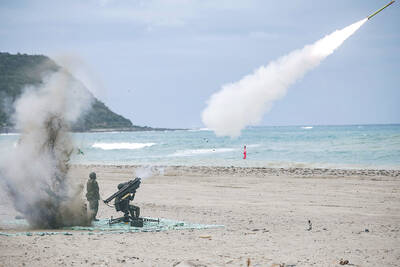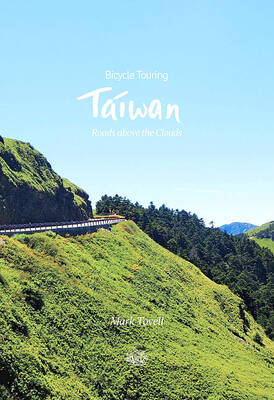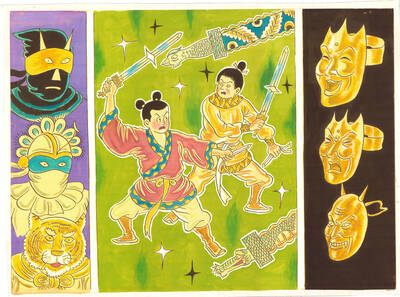One of the more interesting moments in London’s musical life in 2006 must have been at the Ivor Novello Awards when opera composer Harrison Birtwistle weighed in against popular music, accusing it of sentimentality and cliche. Memories of Simon Rattle’s parting shots against contemporary British art as he left to take up the baton with the Berlin Philharmonic must have been in many people’s minds. But why, you wonder, did Birtwistle choose to be so outspoken?
The answer probably lies in a consciousness of the smallness of his musical world. He may enjoy an enthusiastic first night every few years, but for the rest of the time he occupies a marginal idiom. Few can genuinely love his bleak, dissonant style, and though cantankerousness may not be an intentional part of his musical oeuvre, dissonance, un-melodiousness and a jarring percussive violence certainly are.
Such thoughts are prompted by watching the DVD of his 2008 opera Minotaur, commissioned by, and premiered at, London’s Royal Opera House at Covent Garden, with music director Antonio Pappano in the pit and celebrated bass-baritone John Tomlinson only partly concealed inside a carnivorous beast mask.
One thing at least can be said in Birtwistle’s favor — he certainly matches his musical manner to his subject matter. The prevailing cacophony accompanies a tale of bloody massacre, the ripping apart of sacrificial victims in the Cretan labyrinth, half-human vultures, plus the un-weeping complicity of the female protagonist, Ariadne, and the immovable coldness of the “hero,” Theseus. An atmosphere
of death, hatred and unredeemed
savagery prevails.
This, imply this opera’s originators, is what the world of ancient Greek myth was really like —and by implication, what all life is like, even today.
The violence and grating musical style are, nevertheless, par for the course for Birtwistle. His first opera, Punch and Judy, made his name for its brutality (pervasive) rather than its melodies (non-existent), while The Second Mrs Kong and Gawain both involved gruesome monsters or mythical giants.
Yet, as this video recording shows, Minotaur was received with acclaim by its first-night London audience. You witness Birtwistle on stage acknowledging the ovations, and the sense is unavoidably of a great occasion, a veteran British composer launching a major opera onto a waiting world.
And perhaps it was more impressive as a stage spectacle than on this DVD (from Opus Arte). Without the hot expectancy of a crowded opera auditorium you are forced to view the work in cold blood. And little pleasure was delivered, in these circumstances at least, to this reviewer.
However you look at it, Minotaur relates a grisly story. The old legend tells of the annual tribute of young Athenians destined to confront the Minotaur in the labyrinth of Minos, in modern-day Crete. But one year Theseus joins their number and succeeds in slaying the beast with the aid of a young priestess, Ariadne. They sail away together, though Theseus later abandons her on the Greek island of Naxos.
Ariadne is the opera’s main character, at least as far as vocal presence is concerned. Christine Rice gives her all in the role, but her complex feelings get little support from a score that refuses to countenance a hint of melody at any point. Puccini demonstrated again and again (in Tosca and Turandot, say) that terror and death can co-exist with emotionally engaging music. Human beings the world over need and respond to this, and Puccini knew it, as did Verdi, Wagner and even Shostakovich. Does Birtwistle think that human nature has really changed?
Stephen Langridge’s staging, too, left me wondering what had happened to the imagination in opera production. Innumerable nonrealistic, nightmarish effects are technically available these days, yet here we were with a simple semi-circular arena to stand for the labyrinth, and an open stage with a line of light (the distant breaking waves, presumably) to represent the shore.
A bare-chested John Tomlinson and his adversary Johan Reuter (Theseus) might roar, and utter their graceless lines with all the savagery at their disposal, but the result is unpersuasive. Tomlinson is a great Wagnerian, but here his performance, combined with earthbound stage designs, does little to arouse awe or wonder.
The exception to this bleak impression lay in the highly poetic and memorable libretto by David Harsent. For me, this world premiere was, above all else, Harsent’s evening.
There were a few other compensations. The Snake Priestess (Andrew Watts) represented a potent idea, and the chorus overseeing the slaughter down in the labyrinth at least looked impressive. But these were small rewards for over three hours of aural pain.
This DVD may increase tourism to Crete, but it’s unlikely to ratchet up sales for the baleful music of Harrison Birtwistle. And most of the younger opera composers have turned their backs on this kind of dissonant modernism, opting instead for a variety of other, more accessible styles.
In the same way that bleak Bauhaus is by no means the last word in architecture, so too is this kind of user-unfriendly music surely doomed to become a footnote, albeit a rather long one, in musical history books. Maybe the sentimental pop musicians so berated by Birtwistle had a point after all.

In late October of 1873 the government of Japan decided against sending a military expedition to Korea to force that nation to open trade relations. Across the government supporters of the expedition resigned immediately. The spectacle of revolt by disaffected samurai began to loom over Japanese politics. In January of 1874 disaffected samurai attacked a senior minister in Tokyo. A month later, a group of pro-Korea expedition and anti-foreign elements from Saga prefecture in Kyushu revolted, driven in part by high food prices stemming from poor harvests. Their leader, according to Edward Drea’s classic Japan’s Imperial Army, was a samurai

The following three paragraphs are just some of what the local Chinese-language press is reporting on breathlessly and following every twist and turn with the eagerness of a soap opera fan. For many English-language readers, it probably comes across as incomprehensibly opaque, so bear with me briefly dear reader: To the surprise of many, former pop singer and Democratic Progressive Party (DPP) ex-lawmaker Yu Tien (余天) of the Taiwan Normal Country Promotion Association (TNCPA) at the last minute dropped out of the running for committee chair of the DPP’s New Taipei City chapter, paving the way for DPP legislator Su

It’s hard to know where to begin with Mark Tovell’s Taiwan: Roads Above the Clouds. Having published a travelogue myself, as well as having contributed to several guidebooks, at first glance Tovell’s book appears to inhabit a middle ground — the kind of hard-to-sell nowheresville publishers detest. Leaf through the pages and you’ll find them suffuse with the purple prose best associated with travel literature: “When the sun is low on a warm, clear morning, and with the heat already rising, we stand at the riverside bike path leading south from Sanxia’s old cobble streets.” Hardly the stuff of your

April 22 to April 28 The true identity of the mastermind behind the Demon Gang (魔鬼黨) was undoubtedly on the minds of countless schoolchildren in late 1958. In the days leading up to the big reveal, more than 10,000 guesses were sent to Ta Hwa Publishing Co (大華文化社) for a chance to win prizes. The smash success of the comic series Great Battle Against the Demon Gang (大戰魔鬼黨) came as a surprise to author Yeh Hung-chia (葉宏甲), who had long given up on his dream after being jailed for 10 months in 1947 over political cartoons. Protagonist